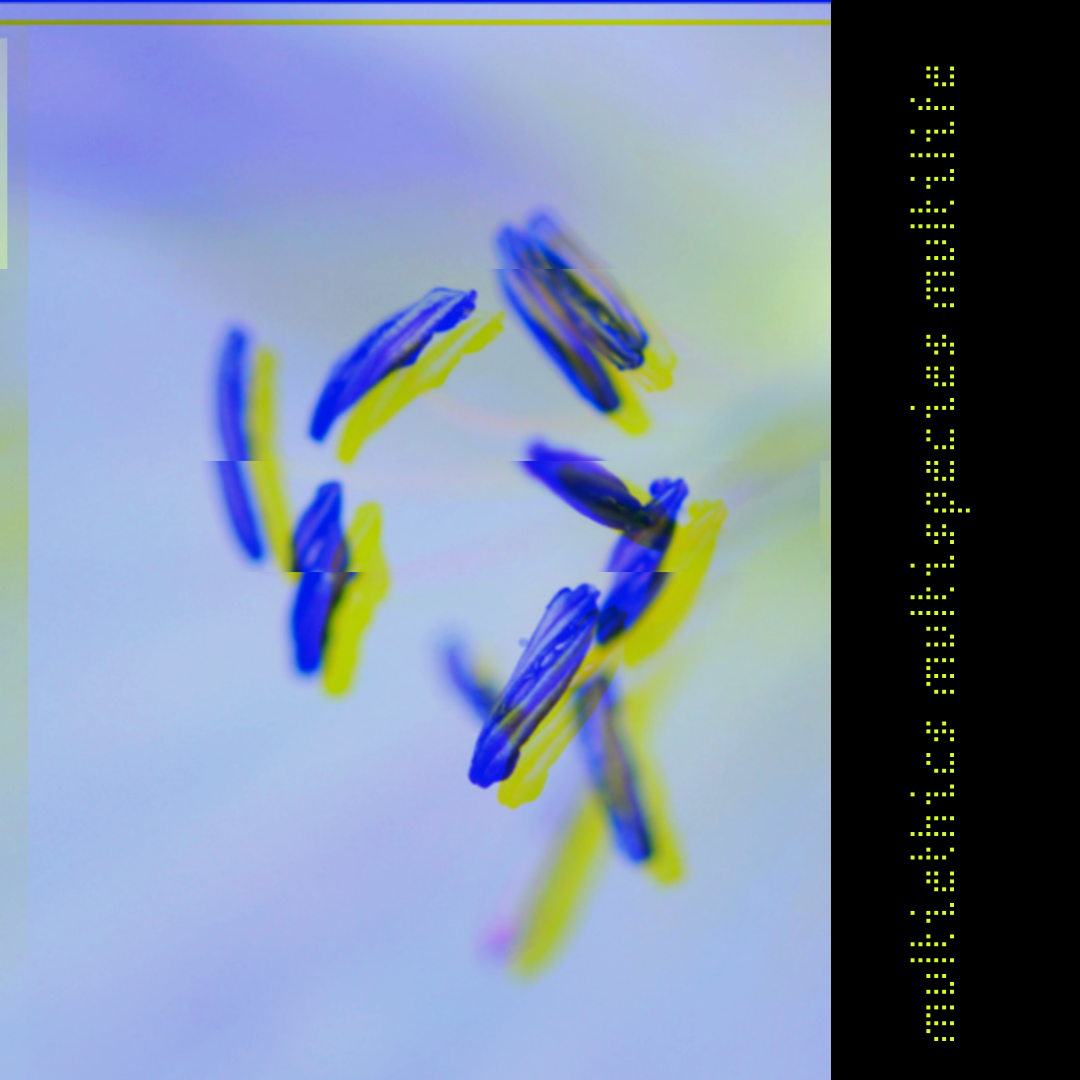
Anne Richey
Artist Statement: Talking & Listening to Plants
“It will be a great day in the history of science if we sometime discover a damp shadow elsewhere in the universe where a fungus has sprouted.” Recently, this opening sentence in Marilynne Robinson’s essay “Thinking Again,” catapulted me back to an off-trail foray I once took into Duke Forest, a large tract managed by Duke University’s forestry school.
That forest, where I spent many weekends as a teen, was an enchanting new “elsewhere” in the universe to a city girl like me. One day, standing among towering pines, I happened to glance down and saw a clump of exquisite waxy white stalks topped with frilly overlapping petals. I assumed they were some kind of exotic fungus, but later learned these were flowers – aptly named Ghost Pipes. The mix that day of those other-worldly plants with the pungent pine woods represents an ineffable spirit-chemistry that has suffused me ever since when in the natural world – particularly among trees.
Years later, reading Annie Dillard’s Pilgrim at Tinker Creek, I experienced a shock of recognition when I encountered her story about the young girl who saw “the tree with the lights in it.” At age three, I had seen a tree with lights in it while exploring a neighbor’s backyard. Across a wide gully, dogwood trees were in bloom, shining in the sunlight. What my eyes saw was a multitude of luminous white patches like stars come down to earth. I was “lifted and struck” as Dillard puts it – then running headlong towards them, only to be grabbed by my mom. I felt so let down, but I didn’t have the words to explain to her my urgent need to touch them.
Now when I write poems and am struggling for a word to express a thought, I feel a sick little lurch in my stomach when it doesn’t come quickly – as if that experience of the trees with stars still haunts me. Emily Dickinson wrote that she “found the words to every thought. . . but one –” I appreciate the elusiveness of that “one.”
Anne Richey taught at New York University for many years. When the din of the subway became too much, she retired and moved to the Catskills region in upstate NY. There she taught poetry for the Lifetime Learning Institute at Bard College, specializing in Dickinson, Whitman, and contemporary poetry, as well as in the life and works of Catskills naturalist John Burroughs. In 2018, she published her first book of poems, Church of the Robin's Ha-Ha: John Burroughs' "Natural Religion" and Other Poems. Anne now lives in Memphis TN.

